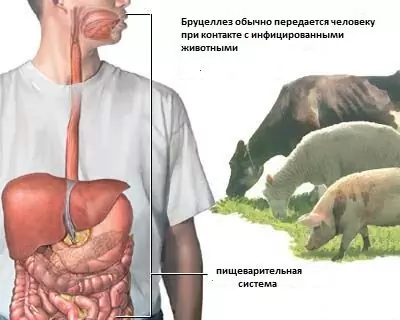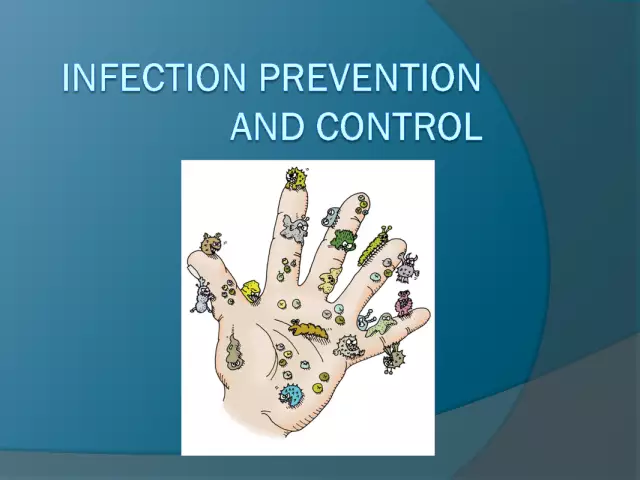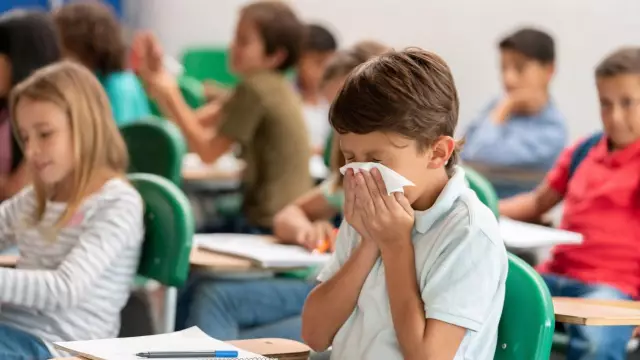- Author Rachel Wainwright [email protected].
- Public 2023-12-15 07:39.
- Last modified 2025-11-02 20:14.
Scabies
Brief description of the disease

Scabies in humans is an infectious parasitic skin disease. It has been known to mankind since ancient times, but for a long time doctors could not identify the parasite and therefore denied the pathogenic nature of the disease, and the appearance of skin defects was associated with the emotional state of patients. Today it is known that scabies in children and adults is caused by the vital activity of Sarcoptes scabiei mites. They are widespread in everyday life, easily pass from person to person and cause various allergic reactions. Despite the prevalence of pathogens, timely laboratory diagnosis of scabies is difficult due to the insufficient level of training of the personnel of many dermatovenerological institutions and the lack of the necessary equipment.
The causative agent of scabies
Scabies is triggered by the activity of Sarcoptes scabiei mites. They are diminutive in size and therefore cannot be detected during normal examination with the naked eye. Getting on the human skin, female ticks make a hole in it and begin to "bite" into the thickness of the dermis, leaving characteristic itch passages. In the future, the fertilized female will lay her offspring in the made channels.
As a rule, scabies in humans manifests itself on the palms, feet, wrists, elbows and genitals (in men). The localization of pathogens in these areas is far from accidental and is explained by two factors: a small amount of hair and a small thickness of the epidermis. In addition, there are a lot of sweat glands on the feet and palms. They secrete sweat, which fills the passages made by the ticks and creates the best conditions for the development of the offspring. When the larvae are born, they very quickly turn into adults, get out onto the surface of the skin and repeat the life cycle of development. We also note that if a person develops scabies, the symptoms of scabies are constantly progressing, because by combing the itchy areas, the patient contributes to the transfer of the infection to healthy areas of the skin.
The appearance of ticks is fraught with a variety of complications. The fact is that the products of their vital activity are initially incompatible with the human body and cause allergic reactions, contribute to the emergence of numerous foci of inflammation. Scabies pesters patients especially strongly in the evening and night hours, when the parasites are most active.
Infection routes
The source of scabies is always a person and household items with which he came in contact. Ticks easily transfer to healthy people during a handshake or direct skin contact in public transport. Family outbreaks of the disease are also frequent, due to the fact that usually members of the same family use shared towels and other hygiene items. In addition, scabies is almost 100% likely to make itself felt after sexual intercourse with a sick partner.
Scabies symptoms
The period of onset of symptoms of scabies ranges from several hours to 1.5-2 weeks. The main symptoms of scabies include:
- itching - appears about a month after infection with scabies, is the body's reaction to the waste products of mites. Unpleasant sensations intensify in the evening and at night;
- the appearance of itch passages - they look like a small whitish strip up to 1 cm long. Most often, the channels laid by ticks are located on the abdomen, buttocks, feet, in the armpit, on the palms and in the folds of the elbow;
- the development of skin defects - crusts, dry cracks, blisters.
Scabies in children
In children, scabies is much more severe than in adults. When diagnosed with scabies, treating a child often involves removing parasites from all areas of the skin, including the face and scalp. In addition, inflammatory processes also affect the nails, which are covered with cracks, thicken, and become too loose. Other infections can join the activity of scabies parasites, which significantly complicates the process of diagnosis and treatment.
A few words about the diagnosis of scabies. You can only find a female tick with a microscope. For laboratory tests, skin samples are taken and the affected area is scraped.
Scabies treatment

The course of treatment for scabies is prescribed based on the results of laboratory diagnostics. For best results, the following conditions must be met:
- when scabies is diagnosed, all members of the identified focus (family, children's team) undergo treatment;
- during the treatment of scabies, patients should not wash and change bedding;
- clothes and other items that the patient has come into contact with are disinfected;
- scabies remedies are applied all over the body, not just the affected areas.
Modern medicine offers people a fairly large selection of drugs. Scabies in humans is cured with ointments, solutions and suspensions. Folk remedies are also effective in treating scabies, but we will talk about them below. As for the most common drugs, these include: benzyl benzoate, spregal, sulfuric ointment. To prevent allergic reactions and inflammation, antihistamines (suprastin, claritin) are used.
It is possible that the symptoms of scabies will be observed even after undergoing treatment. In this case, it is necessary to repeat all procedures using stronger, more effective means.
Scabies - treatment with folk remedies
Remember that before using any folk recipes, you should consult with specialists who will tell you about the nuances of certain means and the possible consequences of their use. Let's list the most effective recipes:
- mix 1 tbsp. a spoonful of turpentine with 2 tbsp. tablespoons of butter. The resulting mixture is applied to the skin before bed;
- 1 tbsp. a spoonful of celandine is mixed with 4 tbsp. spoons of petroleum jelly. The product is intended for external use. The whole body is treated, not just the affected areas;
- birch tar is applied in an even layer on itchy areas, washed off after 3-4 hours with warm water.
YouTube video related to the article:
The information is generalized and provided for informational purposes only. At the first sign of illness, see your doctor. Self-medication is hazardous to health!






